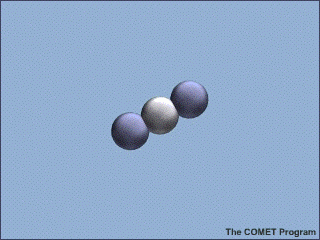jc456
Diamond Member
- Dec 18, 2013
- 141,601
- 30,070
- 2,180
and yet you can't prove that can you? I've asked and still you can't explain why that doesn't happen above a desert at night. The hottest places during sunlight and extremely cold when the sunlight is gone. hmmmmmmmm.That is not a belief. That is the definition of back radiation when it is applied to the the GHGs of the atmosphere. Your last sentence is a bit awkward. The earth radiates the full black body spectrum. The GHGs radiate some back to the earth only at their resonance spectra.So you do believe downward radiation is back radiation...downward radiation is just downward radiation...back radiation is radiation absorbed by an object and then emitted back to the object from which it was emitted....
The downward radiation would go down whether there is a detector or not.and the downward radiation was only measured because it was being received by an instrument cooled to a temperature lower than the atmosphere.
Yes radiation doesn't care about direction. So what principle stops back radiation from going to a cooler object if it doesn't care about direction..radiation doesn't care about direction..only that it it is moving always from warm to cool
The entropy of the system of all objects will increase as it should by the second law since during radiation exchange more radiation goes from the hotter objects to the cooler objects. The net radiation imbalance insures the second law is preserved....from less entropy to more entropy...
The atmosphere produces (imperfect) blackbody radiation. It has some elevated GHG spikes but it still resembles the Planck curve. It would still return energy even if it contained no GHGs.
